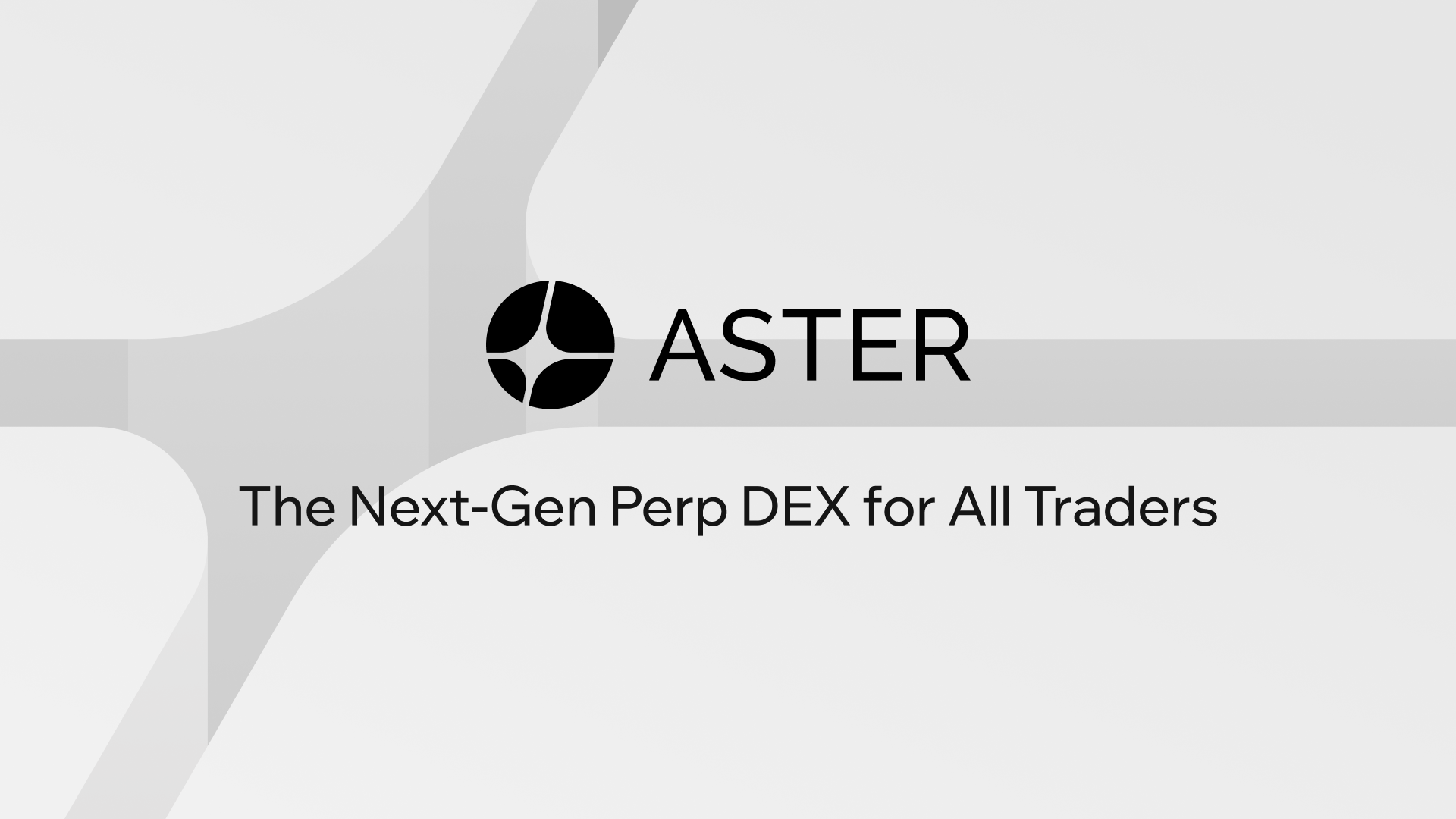So, I was fiddling with my crypto gear the other day—just your casual dive into DeFi—and something felt off about my usual wallet setup. Seriously, most wallets claim to be “secure,” but the reality is a whole different beast. You ever get that gut feeling like you’re exposing your keys to some sneaky front-running bot? Yeah, me too.
Here’s the thing. Web3 security isn’t just about locking down your seed phrase or using two-factor authentication anymore. Nope, it’s way more nuanced, especially when you start juggling multiple chains and dApps that don’t always play nice together. I mean, at first glance, a multi-chain wallet sounds like a dream come true—access everything under one roof, right? But then you realize how risky transaction simulations and MEV protections are if they’re not baked in.
Whoa! Let me break that down a bit. Transaction simulation, for instance, is like a rehearsal before the big show. It lets you preview what will happen on-chain without spending gas or actually broadcasting the transaction. If your wallet skips this, you’re basically flying blind. And then there’s MEV—Maximal Extractable Value—a kind of blockchain black magic where bots reorder or insert transactions for profit. If your wallet doesn’t shield you from those, your “secure” transactions might get sniped or manipulated.
Initially, I thought just having a multi-chain wallet was enough. But then I stumbled onto the fact that many popular wallets either lack proper dApp integration or don’t simulate transactions at all. Which means users can easily fall prey to failed transactions, wasted gas, or worse—front-running attacks. It’s frustrating because it feels like wallets are promising the moon but delivering a cracked telescope.
Okay, so check this out—there’s this wallet called rabby that caught my eye. What really hooked me wasn’t just the flashy interface, but the way it integrates with dApps while giving you a clear window into what your transaction will do. Plus, it offers MEV protection that actually works. I’m biased, but that’s pretty rare in the current wallet ecosystem.

Why Simulating Transactions Matters More Than You’d Think
You might wonder: “Is simulating transactions really necessary?” My short answer: heck yeah. Before I got into the nitty-gritty of wallets like rabby, I just assumed sending a transaction was straightforward—sign it and forget it. But that’s naive, especially when gas fees can spike or when smart contracts behave unpredictably.
Here’s what bugs me about many wallets—they act like a black box. You click “send,” and you hope for the best. But with transaction simulation, you get a sneak peek at whether your swap will succeed, if the contract has enough liquidity, or if your NFTs will transfer properly. It saves you from those annoying “out of gas” or “execution reverted” errors that not only waste money but also shake your confidence.
On one hand, simulating transactions adds a bit of latency and complexity to the UX, which some devs shy away from. Though actually, this trade-off is worth it if you want to avoid losing ETH to failed transactions, right? Plus, it educates users about what their transactions actually entail—kind of a transparency boost.
Plus, when you’re hopping between Ethereum mainnet, Binance Smart Chain, Polygon, or even more exotic layers, the risks multiply. Each chain has its quirks, and wallet UI has to handle all that without confusing the user. That’s a tall order, and most fall short. Which is why a wallet like rabby that supports smooth multi-chain integration with transaction simulations feels like a breath of fresh air.
MEV Protection: Not Just for Whales Anymore
MEV attacks? They sound like something out of a sci-fi novel, but they’re real and can hit anyone, not just whales. Bots scan the mempool and reorder your transactions for profit, sometimes sandwiching yours with their own trades to snatch gains before you do. It’s sneaky and frustrating if you don’t have safeguards.
My instinct said this was just a problem for big players, but the more I dug, the more I realized everyday DeFi users get hurt too. The thing is, MEV protection isn’t just about blocking bots; it’s about optimizing transaction ordering and gas fees to prevent exploitation. Wallets that ignore this leave users vulnerable every single time they hit “send.”
Here’s the kicker: implementing MEV defense isn’t trivial. It requires close collaboration between the wallet and how transactions are broadcasted. Which means your wallet needs to be smart about where and how it submits your transaction. That’s a reason why many wallets don’t bother, or they rely on external services that might not be trustworthy.
Rabby steps in here with built-in MEV protection that works on multiple chains, which is a game changer. It’s like having a bodyguard for your transactions, silently keeping bot attacks at bay while you focus on DeFi strategies. Honestly, I didn’t expect to find this level of sophistication in a non-custodial wallet aimed at everyday users.
DeFi and dApp Integration: Walking the Tightrope
Interacting with dApps is where wallets either shine or crumble. I’ve seen my fair share of glitches—transaction failures because the wallet didn’t support a particular contract method, or worse, UI freezes when switching networks mid-session. It’s annoying as hell, especially when you’re in the zone hunting yield.
What makes this tricky is the sheer diversity of dApps out there. From NFT marketplaces to complex lending platforms, each demands different interaction protocols. If your wallet can’t adapt dynamically, you end up stuck or making manual workarounds. That’s a real pain.
One thing I really appreciate about rabby is how seamlessly it integrates with a ton of dApps, while also letting you preview transactions before committing. No more guessing games. Plus, it supports your favorite chains without juggling multiple wallets. It’s like having a Swiss Army knife that actually cuts.
But, I gotta admit—it’s not perfect. Some dApps have quirky contract calls or need manual approvals that still trip up even advanced wallets. So, even though Rabby is ahead, there’s an evolving landscape that demands constant updates and vigilance. (Oh, and by the way, if you’re paranoid about security, always double-check the dApp’s legitimacy before approval.)
Wrapping My Head Around Multi-Chain Wallets
Initially, I thought having one wallet for everything was just convenience. But now I realize it’s essential for managing risk and efficiency in Web3. Switching wallets for each chain is a hot mess—and it’s easy to make costly mistakes.
Still, multi-chain wallets raise questions about security boundaries. Can a single wallet truly keep your assets safe across such diverse ecosystems? The answer depends on the architecture. Rabby uses a non-custodial model, which means you hold your keys, but with added layers like transaction simulation and MEV protection, it really ups the security game.
Honestly, I’m still learning about some of the deeper technical trade-offs here. Some experts argue no wallet can be 100% safe while juggling multiple chains due to differing consensus rules and attack surfaces. But from a user perspective, a wallet that proactively warns you about potential risks and simulates transactions feels like the best compromise for now.
So yeah, I’m a fan of what Rabby’s doing. For DeFi users ready to go beyond basic wallets, it’s definitely worth a shot. Plus, having a single interface reduces cognitive load when managing complex portfolios—trust me, that’s very very important.
Anyway, if you haven’t checked it out yet, rabby might just be the multi-chain wallet you didn’t know you needed. It’s not perfect, but it’s a huge step forward in making Web3 safer and more user-friendly.
Frequently Asked Questions
What exactly is transaction simulation and why should I care?
Transaction simulation is like a dry run of your blockchain transaction. It helps you see if the transaction will succeed or fail before spending any gas. This saves money and frustration by avoiding failed transactions.
How does MEV protection improve my trading experience?
MEV protection helps prevent bots from manipulating or front-running your transactions. This means better execution prices and less chance of your trade being exploited by malicious actors.
Is Rabby suitable for beginners or only advanced users?
While Rabby offers advanced features like MEV protection and multi-chain support, its interface is designed to be intuitive, making it accessible to both beginners and seasoned DeFi users.

